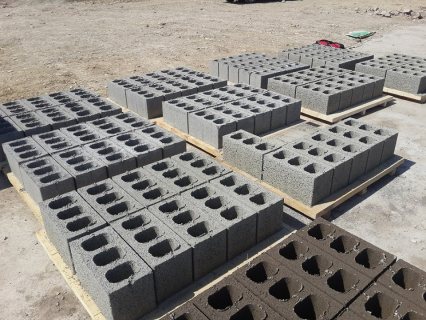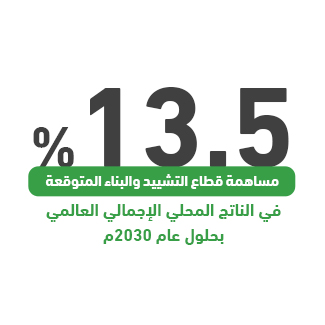Mashroo3k Consulting Company offers a feasibility study for a hollow concrete block factory project in the Sultanate of Oman, providing the highest profit return and the best payback period, through a series of detailed studies on the Omani market size, competitor strategy analysis, and presenting competitive price offers.

Hollow concrete blocks differ from solid concrete blocks in their dimensions; the hollow concrete blocks are produced in larger sizes and shapes according to the specifications required by the consuming company. The process of testing the blocks in their final form involves ensuring that the final product is free of coal, clay, and impurities. It is also verified that the color consistency is maintained in each unit, as well as the texture roughness level, to achieve complete homogeneity. Hollow concrete blocks are used in internal partitions of buildings, exterior walls, load-bearing walls, and structural walls. Mashroo3k Company provides investors interested in investing in a hollow concrete block factory project in the Sultanate of Oman with a set of specialized feasibility studies based on updated databases specific to the Omani market, which helps ensure the project’s success, achieving the highest profit return and the best payback period.



Versatile product suitable for both load-bearing and structural walls.
Unaffected by water exposure, unlike other types of bricks.
Ideal for use in bathrooms and buildings exposed to high humidity levels.
Exhibits strong adhesion with mortar and other bonding materials.
Cost-effective compared to other types of bricks.
Executive summary
Study project services/products
Market Size Analysis
Risk Assessment
Technical study
Financial study
Organizational and administrative study

Given the strategic importance of the construction sector, Mashroo3k Consulting presents the following key indicators across the Gulf Cooperation Council (GCC) countries:
Construction GDP Contribution: SAR 168.75 billion
Sector’s Share in GDP: 4.66%
Number of Active Companies: 148,026
Number of Employees: 3,541,977
Total Value of Executed Projects: SAR 311.56 billion
Market Position: The Kingdom holds a regional leadership position, with an annual market value exceeding USD 100 billion
Construction GDP Contribution: AED 123.95 billion
Sector’s Share in GDP: 8.3%
Number of Active Companies: 42,428
Number of Employees: 1,564,095
Construction GDP Contribution: BHD 936.79 million
Sector’s Share in GDP: 7.7%
Growth Trend: In 2016, the sector’s value was BHD 857 million, increasing to BHD 945.51 million in a few years
Construction GDP Contribution: OMR 1.943 billion
Sector’s Share in GDP: 6.7%
Number of Employees: 548,999
Employment Share:
Highest employer in Oman, accounting for 22.4% of Omani nationals in both public and private sectors
Represents 29.6% of total expatriate workforce
Construction GDP Contribution: KWD 838.9 million
Sector’s Share in GDP: 2.14%
Number of Active Companies: 1,502
Number of Employees: 187,705
Construction GDP Contribution: QAR 81.215 billion
Sector’s Share in GDP: 12.1%
Number of Active Companies: 5,629
Number of Employees: 840,999
Workforce Share: The sector employs over 40% of the economically active adult population
The construction sector remains one of the most promising investment opportunities in the GCC. With rapid population growth and ongoing infrastructure development, the sector is increasingly attractive to investors and entrepreneurs seeking high returns with lower operational complexity.
Expected Regional Market Growth Rate: 4.2% over the next three years
Forecasted Global Market Size (2023): USD 10.5 trillion
2020 Global Construction Output: USD 10.7 trillion
Forecasted Growth by 2030: +42% (USD 4.5 trillion)
Expected Output by 2030: USD 15.2 trillion

The construction sector contributes approximately 13% to the global Gross Domestic Product (GDP), and this share is expected to rise to 13.5% by 2030.
According to the available statistics, infrastructure is projected to be the fastest-growing subsector within construction, with an average growth rate of 4% between 2020 and 2030.